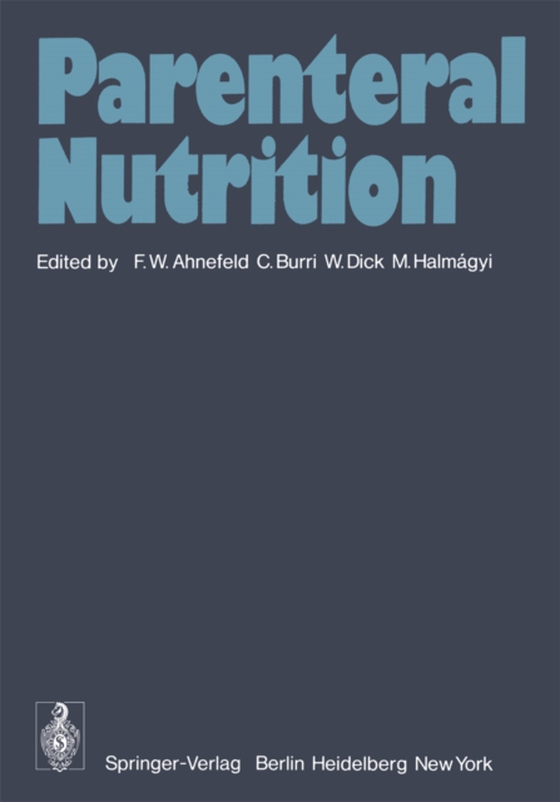
Parenteral Nutrition e-bog
875,33 DKK
(inkl. moms 1094,16 DKK)
Nearly all medical specialities treat patients whose illnesses necessitate a means of nutrition which bypasses the gastrointestinal tract. Parenteral nutrition consequent- ly means the administration of nutrient and building materials in qualitatively utilizable form and in quantitatively adequate amount by the intravenous route. This guarantees the requirements for energy and building material...
E-bog
875,33 DKK
Forlag
Springer
Udgivet
6 december 2012
Genrer
Interdisciplinary studies
Sprog
English
Format
pdf
Beskyttelse
LCP
ISBN
9783642662706
Nearly all medical specialities treat patients whose illnesses necessitate a means of nutrition which bypasses the gastrointestinal tract. Parenteral nutrition consequent- ly means the administration of nutrient and building materials in qualitatively utilizable form and in quantitatively adequate amount by the intravenous route. This guarantees the requirements for energy and building materials under a variety of conditions, and compensates for any losses that might occur. The basis for any parenteral nutrition is the knowledge of the biochemical processes of intermediary metabolism under physiological and pathophysiological conditions (e. g. , starvation, post-stress metabolism, hypoxia, microcirculatory disturbances, etc. ). Only taken in these contexts can nutrient and bodybuilding sub- stances be combined, measured out, and administered in such a way as to be definitively useful to the body. Research into the biochemistry and the patho- biochemistry of intermediary metabolism has demonstrated possibilities, by means of which we may be able to "e;outwit"e; (to some extent) disturbances in utilization of certain nutrients under defined pathologic conditions. If the body receives and transforms substrate-precursors (e. g. , sorbitol), it can maintain an adequate level of nutrient and life-support substances; this slow rate of transformation to the substrate makes allowance for the limited utilization capacity, and covers the needs of the body by roundabout means. Some of the problems can now be considered solved, but a great many are still in the very early stages of elucidation, or await basic research.
 Dansk
Dansk

